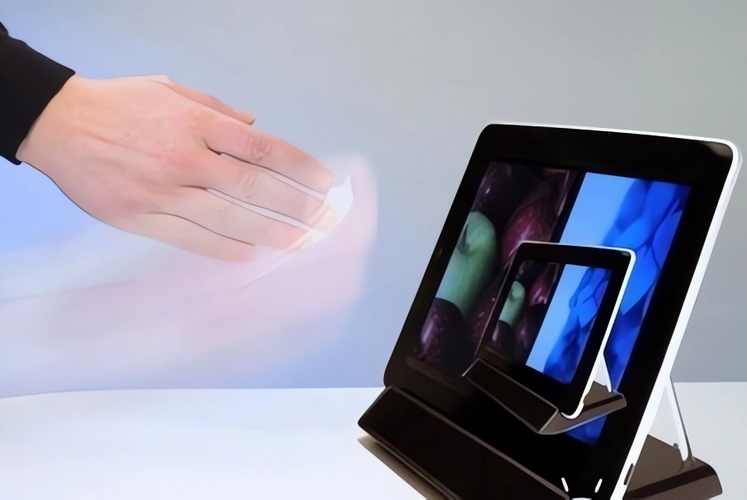"Hover Touch Technology: A New Intelligent Operating Experience

Hover touch technology is a type of contactless operation that allows users to interact with a display or a surface without touching it. It uses different methods to detect the finger or hand gestures in front of the screen and execute commands accordingly.
This technology uses a combination of mutual capacitance and self capacitance to sense the finger several centimeters in front of the glass surface. It can be added to existing displays or integrated into new designs. It supports Windows and Linux/Android operating systems.
the benefits of hover touch technology:
- It can prevent germ and virus transmission by avoiding physical contact.
- It can work with gloves or input pens.
- It can provide a novel and engaging user experience.
In the TFT (thin-film transistor) display field, hover touch technology has become increasingly popular. This technology allows users to interact with a screen without physically touching it. Instead, the screen can detect the presence of a finger or stylus hovering above it, allowing for a range of interactive gestures and inputs.
One of the key benefits of hover touch in the TFT display field is its ability to create a more intuitive and natural user experience. With traditional touchscreens, users are required to physically touch the screen to interact with it. This can be awkward or uncomfortable in certain situations, such as when wearing gloves or when the screen is mounted at an awkward angle. Hover touch allows users to interact with the screen in a more natural and comfortable way, simply by moving their finger or stylus close to the screen.
Another benefit of hover touch in TFT displays is its ability to provide a wider range of input options. With traditional touchscreens, users are typically limited to simple gestures such as tapping or swiping. With hover touch, however, a wider range of gestures can be recognized and interpreted. For example, users could make a circular motion with their finger to zoom in on an image, or hold their finger in place to activate a contextual menu.
Hover touch can also be useful for situations where hygiene is a concern. In medical settings, for example, touchscreens can be a potential source of infection transmission. By using hover touch technology, medical professionals can interact with the screen without physically touching it, reducing the risk of spreading germs.
One potential downside of hover touch in TFT displays is its sensitivity to environmental factors. In certain conditions, such as high humidity or dusty environments, the screen may become less responsive to hovering inputs. To mitigate this risk, it's important to design hover touch screens with appropriate environmental protection, such as coatings or seals to prevent moisture or dust from affecting the sensors.
Overall, hover touch technology has become an increasingly important feature in the TFT display field. Its ability to create a more intuitive and natural user experience, provide a wider range of input options, and improve hygiene in certain settings make it a valuable addition to many types of displays. As the technology continues to evolve, it's likely that we'll see even more innovative applications of hover touch in the future.


